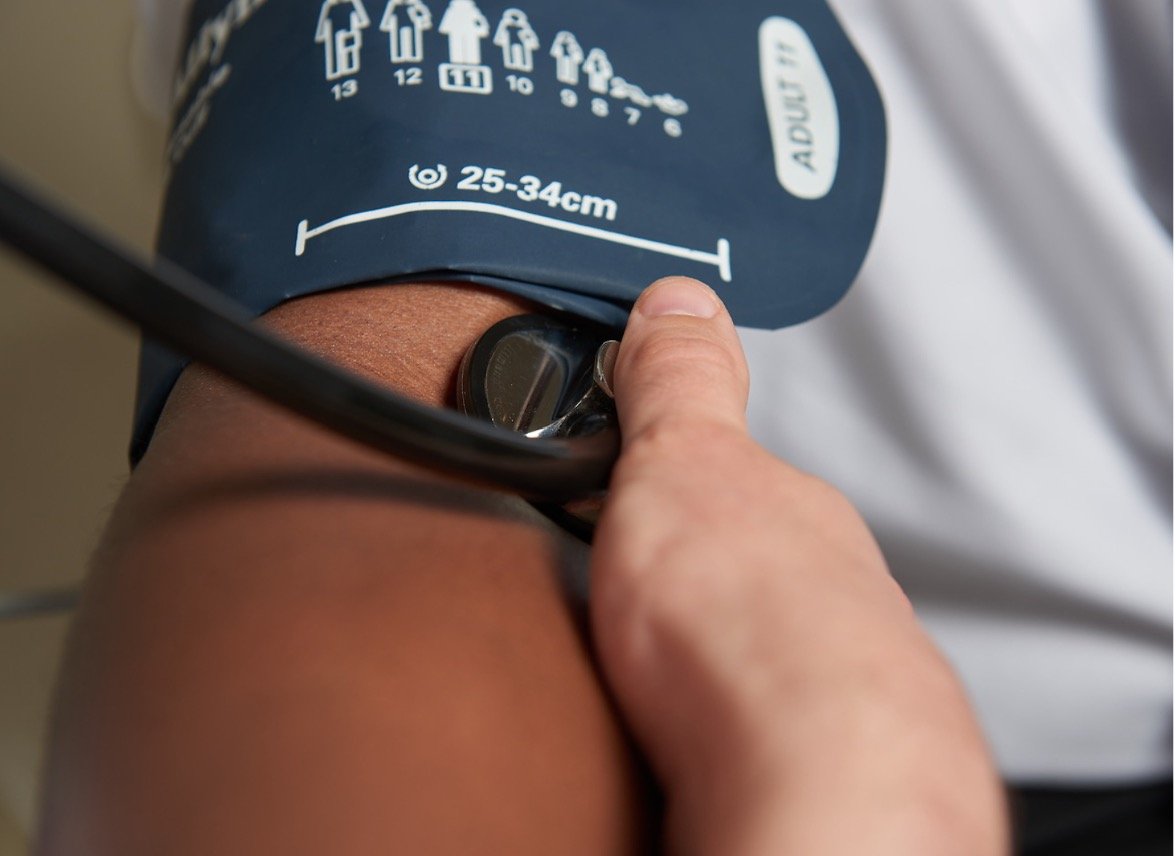Implementing shared decision making in federally qualified health centers, a quasi-experimental design study: the Office-Guidelines Applied to Practice (Office-GAP) program
Background
Use of Shared Decision-Making (SDM) and Decision Aids (DAs) has been encouraged but is not regularly implemented in primary care. The Office-Guidelines Applied to Practice (Office-GAP) intervention is an application of a previous model revised to address guidelines based care for low-income populations with diabetes and coronary heart disease (CHD). Objective: To evaluate Office-GAP Program feasibility and preliminary efficacy on medication use, patient satisfaction with physician communication and confidence in decision in low-income population with diabetes and coronary heart disease (CHD) in a Federally Qualified Healthcare Center (FQHC).
Method
Ninety-five patients participated in an Office-GAP program. A quasi-experimental design study, over 6 months with 12-month follow-up. Office-GAP program integrates health literacy, communication skills education for patients and physicians, patient/physician decision support tools and SDM into routine care. Main Measures: 1) Implementation rates of planned program elements 2) Patient satisfaction with communication and confidence in decision, and 3) Medication prescription rates. We used the GEE method for hierarchical logistic models, controlling for confounding.
Results
Feasibility of the Office-GAP program in the FQHC setting was established. We found significant increase in use of Aspirin/Plavix, statin and beta-blocker during follow-up compared to baseline: Aspirin OR 1.5 (95 % CI: 1.1, 2.2) at 3-months, 1.9 (1.3, 2.9) at 6-months, and 1.8 (1.2, 2.8) at 12-months. Statin OR 1.1 (1.0, 1.3) at 3-months and 1.5 (1.1, 2.2) at 12-months; beta-blocker 1.8 (1.1, 2.9) at 6-months and 12-months. Program elements were consistently used (≥ 98 % clinic attendance at training and tool used). Patient satisfaction with communication and confidence in decision increased.
Conclusions
The use of Office-GAP program to teach SDM and use of DAs in real time was demonstrated to be feasible in FQHCs. It has the potential to improve satisfaction with physician communication and confidence in decisions and to improve medication use. The Office-GAP program is a brief, efficient platform for delivering patient and provider education in SDM and could serve as a model for implementing guideline based care for all chronic diseases in outpatient clinical settings. Further evaluation is needed to establish feasibility outside clinical study, reach, effectiveness and cost-effectiveness of this approach.
Improving diabetic patients’ adherence to treatment and prevention of cardiovascular disease (Office Guidelines Applied to Practice— IMPACT Study)—a cluster randomized controlled effectiveness trial
The objective of this study is to decrease cardiovascular disease (CVD) risk for minority and low-income adults with type 2 diabetes (T2DM) by improving medication adherence. Despite nationwide improvements in CVD mortality and morbidity, CVD deaths in patients with T2DM are 2–4 times higher than among those without T2DM. A key contributor is medication non-adherence. Twenty-one to 42% of T2DM patients do not take blood sugar, blood pressure (BP), or statin medications as prescribed, contributing to increased morbidity and mortality. Treatment and prevention regimens are complex, requiring innovative approaches to extending support beyond face-to-face clinic visits. Mobile health (mHealth) interventions hold promise as a scalable support strategy. However, research increasingly suggests that mHealth alone may not change behavior enough to improve health outcomes. In our pilot study to improve CVD care for patients with T2DM, we found that text messaging alone did not significantly improve patient activation, self-management, or medication adherence over 4 months. However, text messaging plus enhanced patient-provider communication in the Office- Guidelines Applied to Practice (Office-GAP) Program improved adherence to refills and medications compared to text messaging alone at 4 months. Office-GAP is a patient activation intervention

